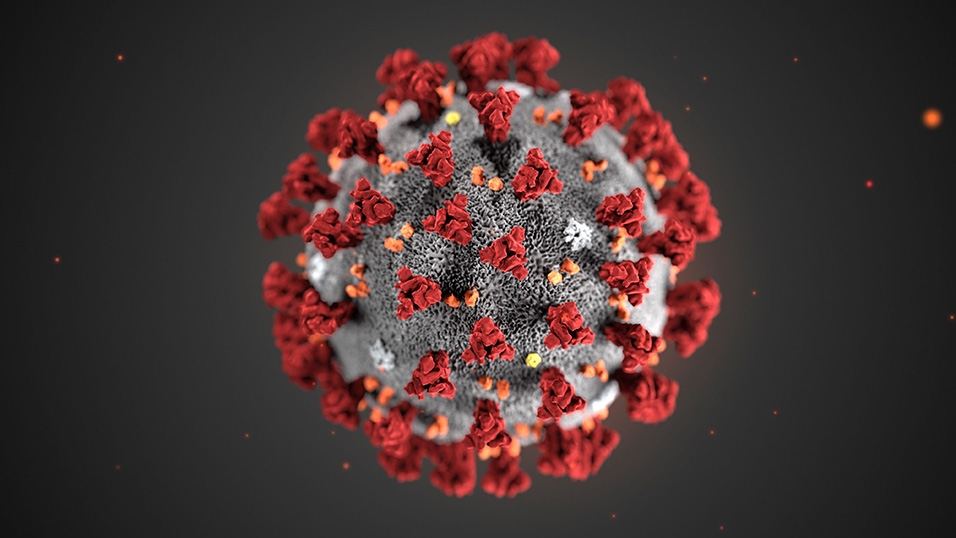HOME / ARTICLES / CORONAVIRUS AND HOW TO PROTECT YOURSELF

CORONAVIRUS AND HOW TO PROTECT YOURSELF
02.04.2020
After the novel Coronavirus (2019-nCoV) was identified in December 2019 in Wuhan City, alarmism has spread in many countries worldwide. It is not difficult to meet people wearing masks, hoping to protect themselves and trying to avoid the risk of infection. The Italian Ministry of Health has published 19 points to explain what Coronavirus is and how to fight against some psychological terrorism that has been spreading in recent days.
SARS, MERS AND NEW CORONAVIRUS
Coronavirus is part of the family of “zoonotic” viruses, i.e., illnesses easily transmitted from animals to humans, ranging from flu-like mild diseases to fatal respiratory diseases.
We have all been exposed to Coronavirus, but some strains are more dangerous than others. Coronavirus Wuhan 2019-nCoV, like its viral “cousins” SARS (Severe Acute Respiratory Syndrome) and MERS (Middle Eastern Respiratory Syndrome), has the potential for a widespread epidemic.
While the first death outside China was recorded this morning in Hong Kong, further cases of infection have now been confirmed internationally. The situation is being monitored globally: The Centers for Disease Control and Prevention (CDC), the US “public health watchdog,” is monitoring events and allowing citizens to monitor the spread of the new Coronavirus on US territory.
Like all Coronaviruses, in addition to transmission from contact with infected animals, person-to-person transmission has been observed. Transmission occurs through contact with an infected person and their secretions but, unfortunately, also through a “healthy” carrier of the virus, i.e., people who are not symptomatic and can transmit it. The absence of symptoms makes it difficult to accurately isolate potential carriers and identify the ease with which the virus is transmitted.
The observation of macroscopic elements, therefore, is not enough to avoid contagion; first of all, practical prevention actions are needed and include everyone, from citizens to those who manage clinical facilities.
CORONAVIRUS SYMPTOMS
Coronavirus symptoms generally occur 14 days after exposure and may vary depending on the age and health conditions of the infected person. The most common symptoms include breathing difficulties, fever, and coughing. The most severe cases have symptoms that include pneumonia, severe acute respiratory syndrome, kidney failure, and even death.
The measures recommended by the World Health Organization are far removed from the “psychosis” that is developing around the spread of the virus and include avoiding or postponing travel to China, especially to Hubei Province, paying attention to hand hygiene, and avoiding food products of unsafe origin.
Even with this recent outbreak, all these precautions should be taken into consideration, especially in health environments such as hospitals, clinics, waiting rooms, outpatient clinics, etc., both to prevent contamination of patients and to ensure the safety of operators who are most exposed to the virus by coming into close contact with all possible risks.
CORONAVIRUS: TREATMENT AND PREVENTION
The most effective way to protect yourself, your healthcare team, and your patients from the transmission of new viral outbreaks is to strengthen your infection prevention techniques with proven technology. This will eliminate the transmission rate with maximum efficiency.
UV C has always been proven to eliminate pathogens in the air and on environmental surfaces, working in synergy with routine cleaning and sanitation procedures. UV-C disinfection technology has effectively reduced Coronavirus contamination in clinical environments. A study published in the “Southern African Journal of Infectious Diseases” (2016) demonstrated a reduction in Coronavirus MERS after a UV-C disinfection cycle of only 5 minutes.
Discover our solutions for your safety
All healthcare facilities should adapt to UV disinfection systems to allow rapid disinfection of environments such as waiting rooms, emergency rooms, and other potentially contaminated spaces, especially but not only if the facility is at risk of receiving a patient who has contracted Coronavirus
